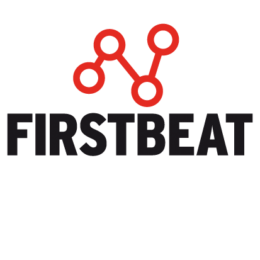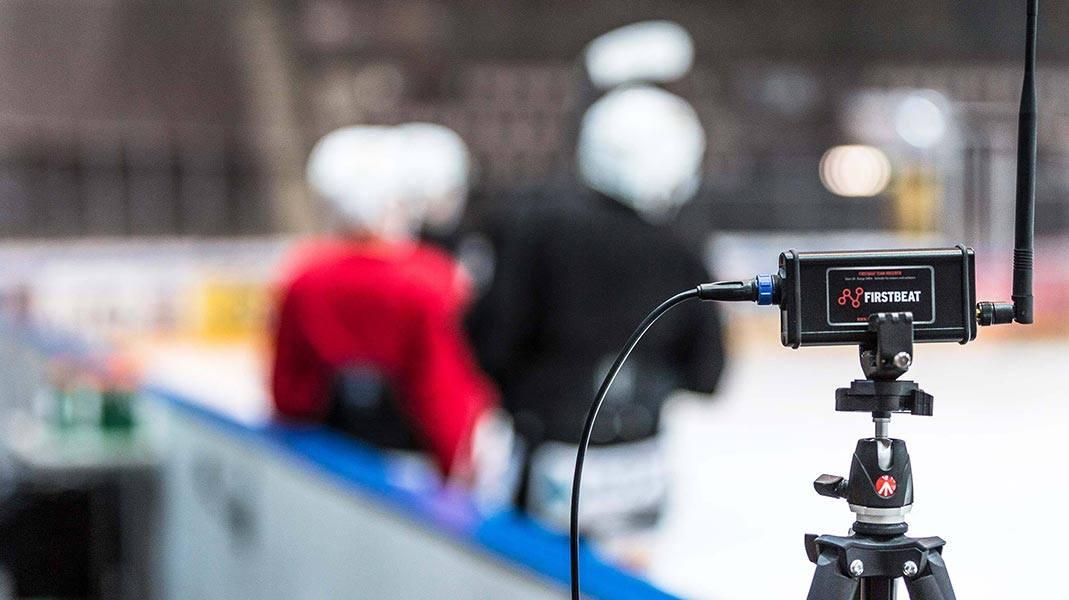
Pivot Sports founder and Firstbeat US representative John Lally was on hand once again for the annual Detroit Red Wings Development Camp. The camp was held in July at Centre Ice Arena in Traverse City, Michigan, which in addition to being a regular training facility for the Red Wings will also host this year’s NHL Prospect Tournament.
This short video, produced by Red Wings TV, offers a behind the scenes look at how one of the NHL’s most storied franchises prepares and supports the next generation of talent.
Familiarity with your body, how it responds to training and recovers afterwards, is a critical step in developing the “pro mentality” targeted by the Red Wings development team.
In this clip, John Lally reveals some of the training and recovery metrics provided by Firstbeat, and how they are used to teach young players about what it takes to succeed at the next level. In addition to helping athletes improve awareness of what’s happening with their body, these insights provide the team’s coaching and training staff with vital data used to reduce injury risks and individualize training activities based on what works best for each player. As a result, every athlete can improve their opportunity to reach their full potential.
Transcript
Jiri Fischer, Director of Player Evaluation of Detroit Red Wings:
The key is for everybody to come in, have an open mind, prepare themselves against their peers. Everybody’s in the Red Wings uniform this week, but that doesn’t’ mean they’re going to be in two months. Here they are in an environment where they can really learn and evaluate themselves and learn the pro mentality, how do I get better?
John Lally, President of Pivot Sports Global:
What we are trying to do is bring a level of understanding to both for the players and the staff. The data we track, and the information we want to deliver, is Training Load information and Recovery information. So, from the heart rate, we are going to calculate a total load number. We call this number Training Effect, on a 1.0–5.0 scale. The second training load number we call Training Impulse. So the higher the Training Impulse, or the TRIMP score, the bigger the effort. Two things tracking: Training Load, so we can evaluate each individual athlete, as all their responses are different, and then the 3-minute resting for state of recovery, or readiness.
Mike Kadar, Strength and Conditioning of Detroit Red Wings:
With heart rate, it’s nice to know what their max is, how far can we push them, how high can we get their heart rate. By knowing their max heart rate and their 1- and 2-minute recovery, and see how quickly they do fall, because obviously if you can get your heart rate down quicker and more efficiently you’re going to be ready for that next shift, as opposed to if it lingers close to your max, then you’re just physically not ready to go for that next rep.
Anytime you compete against somebody else there’s an honest factor there. There’s a competition amongst your peers, but there’s also an internal competition. They have information, they have data walking away from this week, so they know where they are at and where they need to go.
So, hopefully when they come back, they’re better prepared and have better results with better improvements across the board.
Jiri Fischer, Director of Player Evaluation of Detroit Red Wings:
We contemplated for several years what would be the best way to test and now it seems all NHL teams are transitioning towards on-ice testing. A lot of the testing used to be done off the ice, on a treadmill or on the bikes, but if you can’t skate you can’t play hockey.
Mike Kadar, Strength and Conditioning of Detroit Red Wings:
The on-ice drills, the 40-yard sprint, we took a measurement at 10 yards and the next one at the 40th yard. I want to see how quick guys are on the line, and then how fast can they accelerate to that 40-yard marker. The agility one, the T-test, it was at 20 feet by 20 feet, and all it is can you accelerate, can you decelerate, can you change your direction and how quickly can you do that and is the left the same as the right?
Shawn Horcoff, Director of Player Development of Detroit Red Wings:
We actually record everyone’s time so they see themselves, but then we give them what the NHL average is so it’s just to show them well conditioned NHL players really are.
Mitch Eliot, Camp Invitee, Michigan State:
Yeah, they say it’s not an evaluation camp, it’s more for development. You try to take it like that, I’ve just been just trying to learn and soak in much as I can.
Dominik Shine, Signed by Griffins 2017, Northern Michigan:
You know, you got to do your best all the time and work hard, but since you have a goal or try to beat the time or something like that, I think it makes a big difference. You want to work hard to beat that time.
Vili Saarijärvi, 2015 3rd Round, 73rd Overall, Detroit Red Wings:
There are great things to show where you are at and things you can improve in the summer.
Brady Gilmour 2017 7th Round, 193rd Overall, Detroit Red Wings:
It’s really a big jump, the speed and the strength of all these guys. It just opens your eyes about how fast and strong you really do have to be to play at the next level.
Dennis Cholowski, 2016 1st Round, 20th Overall, Detroit Red Wings:
A lot of guys are cramping up and they’re pretty tired but you just got to battle through it and work as hard as you can over the summer to get better for training camp. You know, obviously, the NHL guys are in great shape, so actually got to get up to that level.
Shawn Horcoff, Director of Player Development of Detroit Red Wings:
We’ve spent a lot of time on nutrition, hydration. We’ve spent a lot of time on sleep, eating habits, off-ice conditioning, off-ice workloads. the mental side of the game, dealing with stress, social media. There’s just so many different aspects that go into being a good NHL hockey player, and a responsible one and a good pro. I’m happy with the process and I’m happy with the way it went.
If you liked this article, you should subscribe to our mailing list.
Give your team the Firstbeat Sports competitive advantage.
Contact us for more information or get a quote.
You might also be interested in
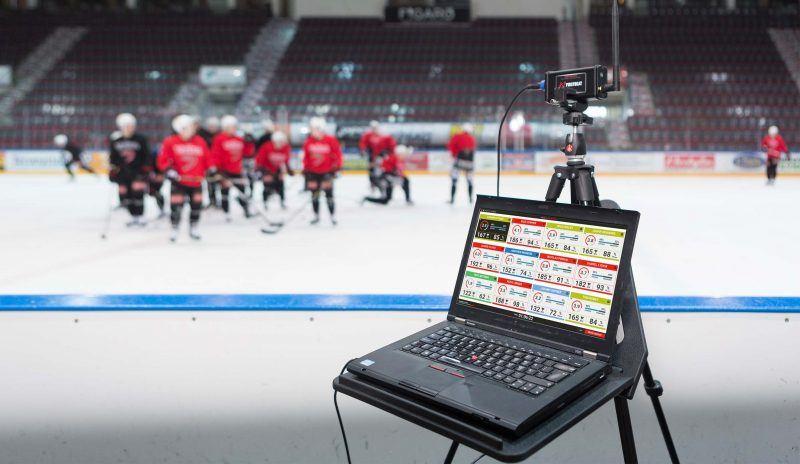
NHL’s Carolina Hurricanes Agree Three-Year Deal With Firstbeat
The Carolina Hurricanes have agreed to a three-year deal to begin using Firstbeat, the leading provider of physiological analytics in sports. The Hurricanes become the 17th NHL franchise to utilize…
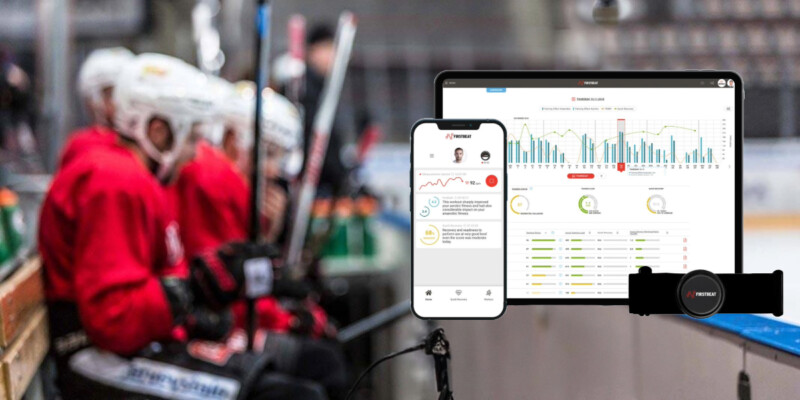
Why Nearly 50% of NHL Teams Rely on Firstbeat for Results
Since 2008, Firstbeat Technologies has played a part behind the scenes at many of the North American league’s 31 franchises.
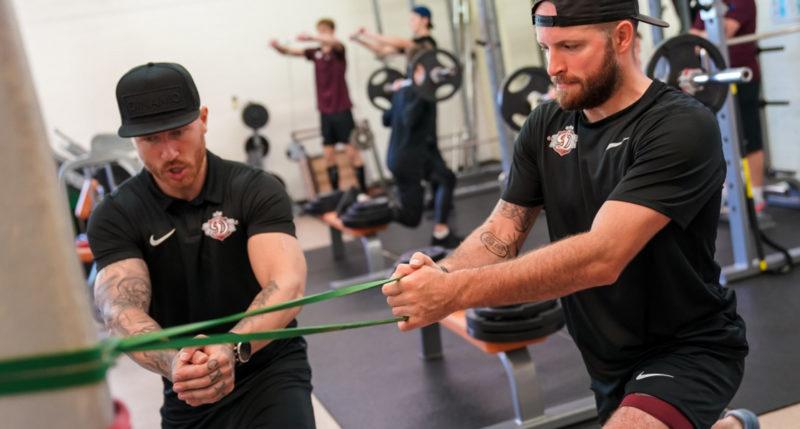
Firstbeat Coach Profile: Raivis Miezans – Dinamo Riga Ice Hockey
Raivis Miezans, the Strength and Conditioning Coach of Dinamo Riga, discusses how he uses Firstbeat Sports with the ice hockey team.
